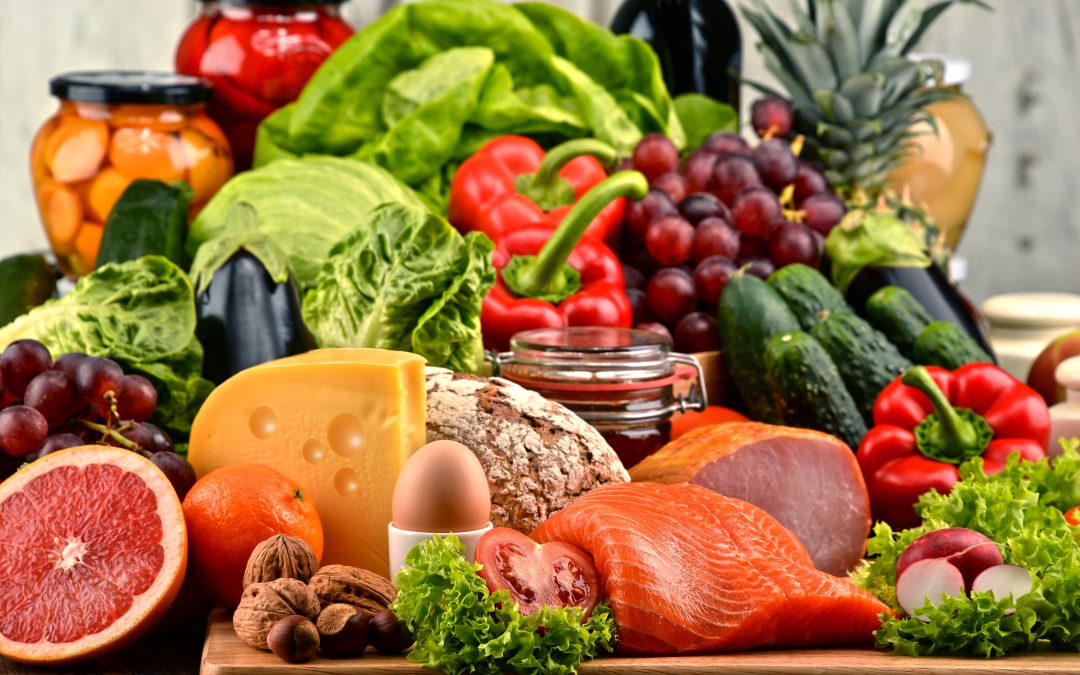A useful primer on the important but seldom discussed topic of food sequencing
The critical importance of food choices is rapidly becoming common knowledge, especially among people who are learning about the stunning results many of us in the integrative medicine community are seeing.
But it turns out that how you eat your food is also vital to achieving those kinds of results.
Let me explain.
Since you’re reading this, it’s likely you’ve already made significant changes in your day to day food choices.
If you are wondering how to approach the goal of making better food choices, please check out my Food Guide.
And if you’re like many of my patients who are determined to optimize their health, you’ve already experienced a lot of benefits from those changes.
But if your conscientious food choices are not giving you the health results you’re after, you may benefit from a concept known as “food sequencing”.
I’ll give you an example.
You may struggle with various aches and pains, or brain fog, or even insomnia.
Or worse, you may have been diagnosed with an autoimmune illness like multiple sclerosis or lupus or thyroid disease.
Hopefully you've learned to focus your food intake on organic vegetables, healthy fats and pastured meat and eggs.
(If you need more information on the basics of healthy dietary intake, please check out previous blogs on that subject.)
But if you're like many people, you may not be getting the results you feel like you signed up for.
Let me give you a strategy that may springboard your health to the next level.
As I mentioned, I call this concept "food sequencing."
So, here we go.
You may be surprised, but the first step in the digestive process (even physiologically) is to truly enjoy your food!
This starts with savoring the aroma of the food (stay tuned for recipes that will live up to this reputation!) and the pleasant emotional sensations that go along with enjoying an anticipated, relaxing meal.
Then, it's important to explore the taste and the "feel” of the food, chewing thoroughly in an unhurried manner.
For the next tip, I need to give a shout out to Dr. Michelle Wendling, who reminded me that including protein in the meal is required for digestion, since protein triggers acid secretion in the stomach.
Fortunately, the majority of the "healthy” foods that nourish our system do have protein in them.
As an example, the lowly broccoli has 4 grams of protein per cup! Chia seed has 5 grams of protein in every three tablespoons.
The foods that inhibit acid secretion are the artificially processed foods and high carbohydrate junk foods that are harmful to our systems anyway!
What you don't want to do, believe it or not, is to eat fresh fruit for dessert.
Yes, I know that many of us have done that in the spirit of making healthy food choices.
The problem is that fresh fruit travels through the digestive system very quickly, whereas a typical dinner meal proceeds at a slower pace.
Bottom line, the fresh fruit trying to pass your dinner in your digestive tract will often times cause symptoms of indigestion, and even overt maldigestion, which can further worsen various chronic illnesses.
You may be able to get by with certain dried fruits, like figs and dates, as long as you don't overdo it. You will want to monitor that closely.
Finally, allow at least 10 to 15 minutes for your food to make its way through your upper intestinal tract before you throw yourself back into mental or physical work.
I hope this is been a useful primer on the important but seldom discussed topic of food sequencing.
As they say, "Have a good digestion!



